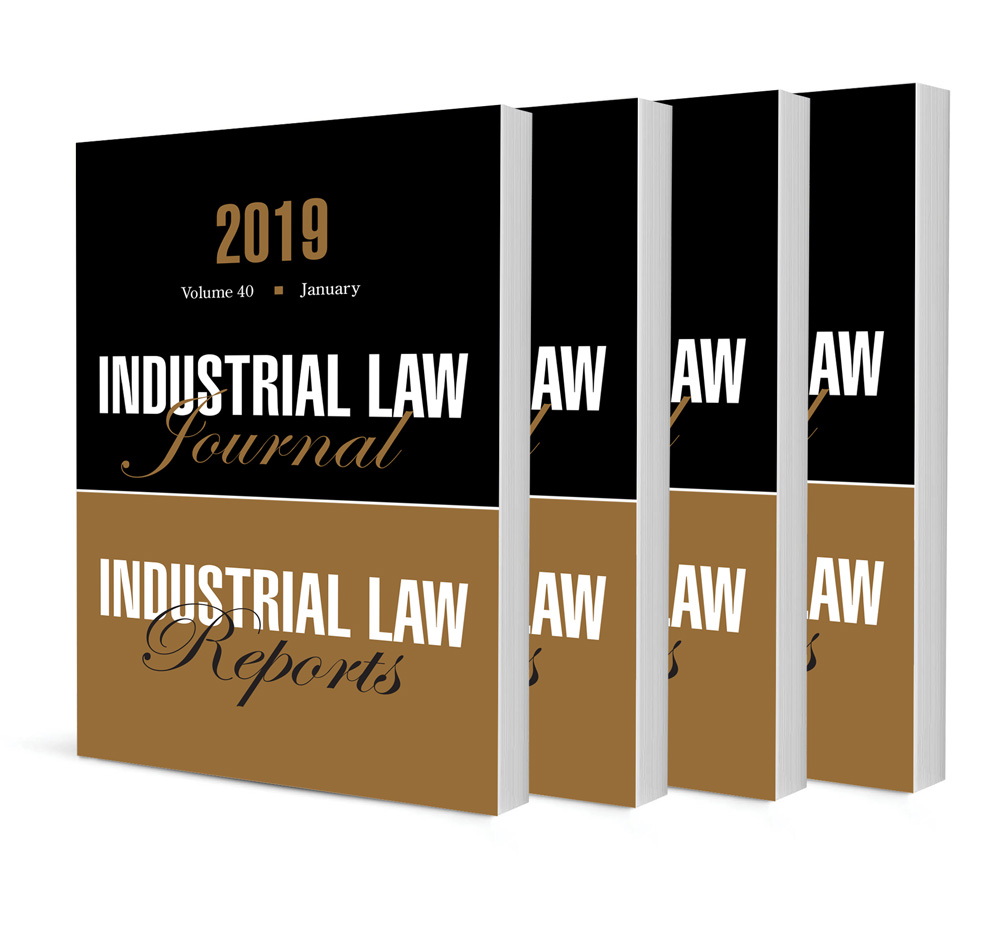Note: The Employment Equity Amendment Bill 2018: Grappling with an Evaluation of ‘Equity’ 20 Years Later

Note: The Employment Equity Amendment Bill 2018: Grappling with an Evaluation of ‘Equity’ 20 Years Later
Authors Shamima Gabie & Prinoleen Naidoo
ISSN: 2413-9874
Affiliations: Director, Cheadle Thompson and Haysom Inc.; Senior Associate, Cheadle Thompson and Haysom Inc.
Source: Industrial Law Journal, Volume 41 Issue 1, 2020, p. 88 – 103
Abstract
This note focuses on the Employment Equity Amendment Bill 2018 (EEAB) which contains significant proposed amendments to the Employment Equity Act (EEA). These proposed amendments are considered with reference to the report of the South African Human Rights Commission (SAHRC) entitled ‘Achieving Substantive Economic Equality through Rights-based Radical Socio-economic Transformation in South Africa’ 2017-2018 (equality report), which contends that the definition of designated groups is not in compliance with constitutional or international law obligations and recommends that the EEA be amended to target more nuanced groups determined on the basis of need and taking into account social and economic indicators. The approach of some countries that have adopted similar proposals to those made in the equality report are also considered. The status of the equality report is also examined with reference to the recent Labour Court judgment in Solidarity v Minister of Labour and Others in which Solidarity attacked the constitutionality of s 42 of the EEA and sought an order confirming the findings and recommendations made in the report, in so far as they relate to the EEA.